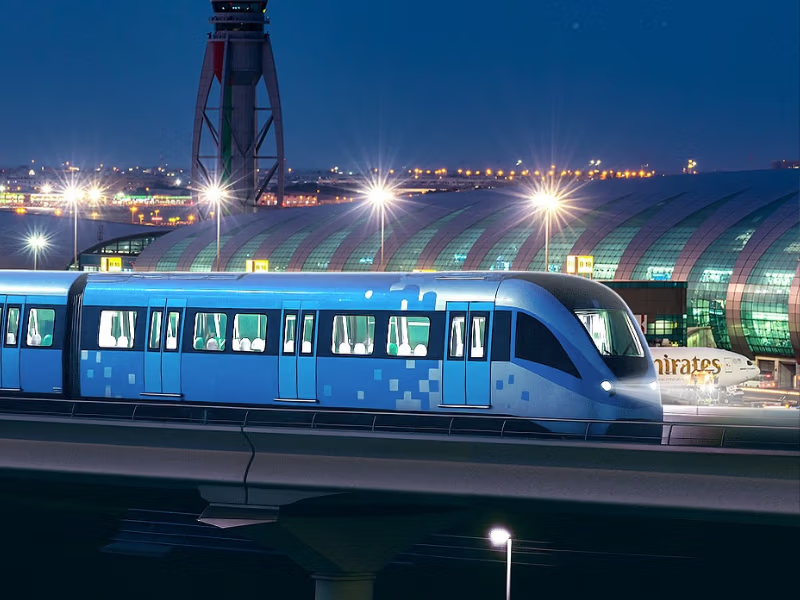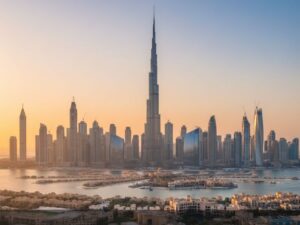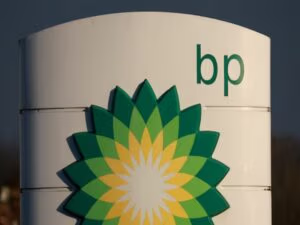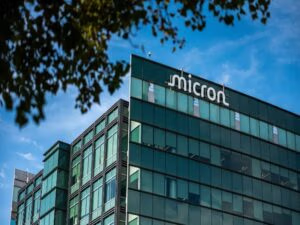Dubai’s upcoming Metro Blue Line has been making headlines ever since it was announced, followed closely by a wave of developments. One major point of discussion has been its impact on the real estate market. As construction progresses on the 30-kilometre addition, connecting emerging communities like Dubai Silicon Oasis, Academic City, Mirdif, and International City, UAE’s real estate experts say the effects are already being felt. With 14 new stations set to serve nearly a million residents and reduce commute times across the city, this expansion of Dubai’s transit network is being lauded as a turning point for livability, investment, and long-term growth.
For Imran Khan, Founder & CEO of PIXL & Invespy, the Blue Line is a “game-changer for emerging and underserved communities.”
“Areas like Dubai Silicon Oasis and Academic City, which already have strong demand from young professionals and students, will see a surge in real estate interest as they become more accessible. Mirdif, traditionally a low-rise residential district, is poised to attract a new wave of buyers and tenants seeking value in well-connected suburban neighbourhoods,” Khan explains.
Khan also emphasizes that this project reflects the broader evolution of Dubai’s urban planning priorities: “The Blue Line is another testament of Dubai’s long-term urban vision and growing connectivity. It reinforces the city’s commitment to reducing car dependency while enhancing access to educational, residential, and commercial zones. For the real estate sector, it’s a green light to invest in holistic, people-first communities rather than just iconic towers.”
Omar Gull, Founder of Clédor, shares a similar view. He believes the Blue Line is finally casting a spotlight on districts that have been undervalued for too long. “The Blue Line unlocks untapped potential in these areas. We had foreseen this demand with some of the projects Clédor brought to market coming up in the second phase of Dubai International City,” says Gull.
“Our data indicates that residential properties situated within one to 1.5 kilometers of the Blue Line command a 10% to 15% rental premium and similarly higher capital values compared to other properties in the same micro market,” he notes.
Gull sees long-term promise not just in residential development but also in how the metro line will decentralize commercial activity: “As infrastructure improves, commercial activity currently concentrated in a few prime areas will begin to spread across a wider geography. This decentralization will contribute to a more balanced and resilient economic landscape across the city.”
For Rohit Bachani, Co-Founder of Merlin Real Estate, who has witnessed Dubai’s transformation firsthand, the Blue Line is the latest chapter in a familiar story. “As someone born and raised in Dubai, I’ve seen how every major infrastructure rollout reshapes the city’s property map. The Blue Line is already triggering a quiet surge in interest across historically underrated areas like DSO, Academic City, and Mirdif,” Bachani says.
According to him, the shift isn’t just about better commutes, it’s about rebalancing how people live, work, and play: “The Blue Line is going to redefine the centre of gravity in Dubai real estate. It will create new micro-downtowns by stitching together communities that once felt disconnected. For residents, this means shorter commute times, better access to education and healthcare, and more lifestyle options within 20 minutes, aligning perfectly with Dubai’s future-ready urban vision.”
Thomas Lukas Furrer, of Swiss Invictus Real Estate, notes that the line’s real estate impact has already begun and it’s only gaining momentum. He shares, “We expect a noticeable uptick in both residential and commercial demand, particularly among young professionals, students, and families seeking affordable yet well-connected neighborhoods. As I pass Silicon Oasis and Mirdif on my way to work, I know them very well and always use them as an example for perfect hidden investment spots.”
Lukas sees the Blue Line as a long-term foundation for more inclusive, balanced development across Dubai.
“It will expand Dubai’s livable footprint, redistribute demand more evenly across the city, and enhance quality of life in emerging neighborhoods. From an investment perspective, it underpins confidence in the long-term sustainability of Dubai’s real estate market by aligning with the emirate’s vision of smart, integrated, and future-ready urban development.”
Fouad Bekkar, CEO of Coralytics, brings a data-centric lens to the conversation. He outlines the transformative scope of the Blue Line clearly.
“When the Dubai Metro Blue Line comes online, places like Silicon Oasis, Academic City, Mirdif, Al Warqa and International City move from car-heavy suburbs to fully Metro-served communities. The 30-km, 14-station build is designed to plug these areas into the existing Red and Green Lines, serve a projected ~1 million residents, and ease traffic on the corridor by about 20%,” explains Bekkar.
Fouad points out that the market isn’t waiting for the line to be completed; it’s already reacting. “Faster rail links to DXB – RTA guidance puts many trips in the ~20-minute band, typically draw renters first, then buyers. Local reports already show increased enquiries and rising rents in Mirdif, Silicon Oasis, and Academic City as investors position early for the rail uplift,” he elaborates.
“It directly supports the Dubai 2040 Urban Master Plan goal of putting daily needs and jobs within quicker reach and cutting time lost to traffic. Infrastructure of this scale underpins livability, shorter commutes, more balanced growth, and feeds long-run real estate demand by widening the city’s ‘investable map.’”
From capital appreciation and transit-led development to sustainability and quality of life, Dubai’s Blue Line is poised to reshape the city’s future, both above and below ground.






